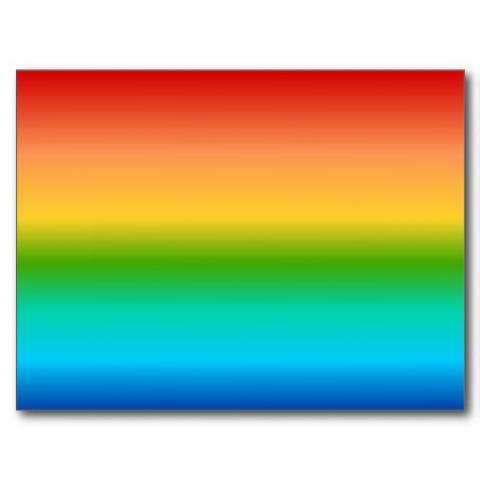
When we hear the term ‘green economy’, the first thing that often springs to mind is the environment – we tend to associate being ‘green’ with being environmentally friendly. We think of carbon emissions, protection of rainforests, our dependency on fossil fuels, our efforts to produce an energy balance that will lead to more sustainable living. Colloquially, we see ‘the greens’ as those people who put the environment first. Yet the environment isn’t just green. It’s not just plants and trees.
 For those from island states surrounded by water, green is blue. The seas are a source of life and well-being; they are both an inspiration and a threat. Many island states are facing annihilation as rising sea levels threaten to wash them away. The pacific island state of Nauru is just one case in point.
For those from island states surrounded by water, green is blue. The seas are a source of life and well-being; they are both an inspiration and a threat. Many island states are facing annihilation as rising sea levels threaten to wash them away. The pacific island state of Nauru is just one case in point.
Colours are powerful. It is not surprising that colours are used when we need to steer emotions and passion. Picasso maintained that Colors, like features, follow the changes of the emotions. Architects and interior designers talk of colours being active, passive, or neutral. Most of us have a favourite colour. Mine is blue!
Gaddafi was the first to utilise green in international politics. He had his green book and his green revolution, linking colour to Islam. The old Libyan flag was completely green. Today, green, with all its derivations, is used by environmental movements: green policy, green diplomacy, even greenology is in the making.
Yet, blue is as important for our survival as green. More C02 is filtered by oceans than by forests. Oceans cover about 66% of the Earth’s surface. Around 70% of the global population lives on the shores of the world’s oceans and seas. Oceans and their oil resources are needed to run the economy, to transport global good, to provide a sustainable living for many from tourism.
I make a plea for bluie-ism. Let us have blue economy, blue diplomacy, etc. As blue is my favourite colour, I have a vested interest in this campaign. What about you and your colours?


